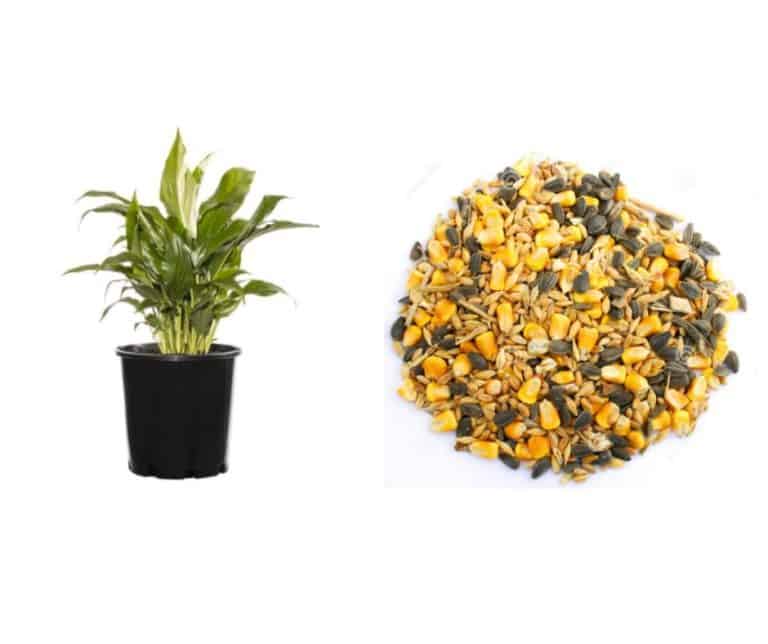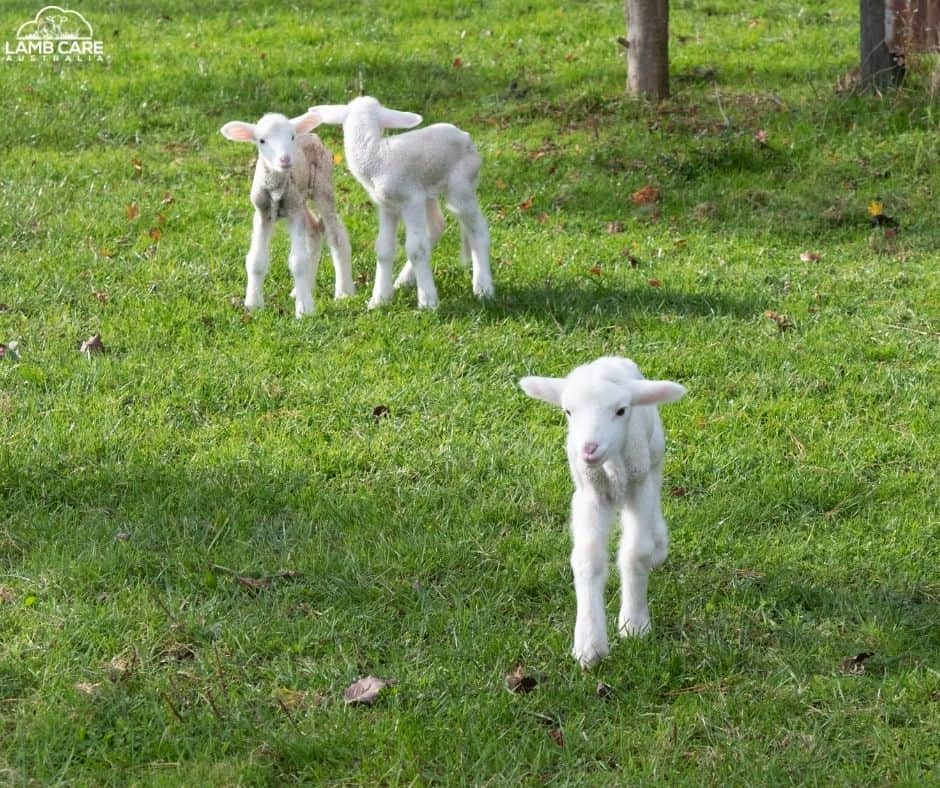
How to Care for Newborn Lambs
How to Care for Newborn Lambs: Essential Items
Milk replacer
- We recommend and use Profelac Shepherd or Max Care Lamb Formula.
- One lamb will use at least 1 ½ 16kgs bags until weaned.
- It is very important not to change formula brands suddenly.
- LCA lambs are fed yogurtised milk only
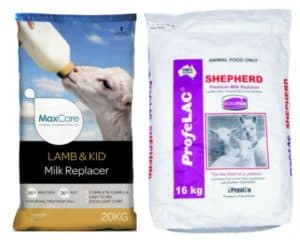
Baby bottles
- These can be purchased at discount chemists.
- We recommend a medium flow type.
- Fast flow can cause the lambs to inhale milk by drinking too fast.
- If the flow is too slow the lambs can get tired and frustrated and not drink enough.
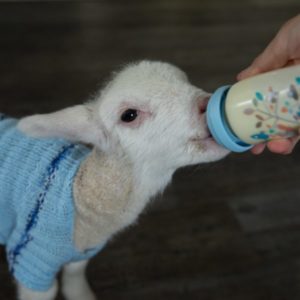
Jug
- Used for making the milk so must have measurements in mls.
Kitchen scales
- These are used for measuring milk powder.
Whisk
- It is very important that the milk powder is mixed in completely to the water.
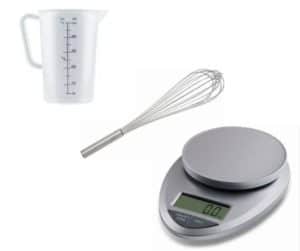
Bathroom scales
- Feeding rates are based on the weight of your lamb. It is therefore essential that you keep an accurate track of their weight.
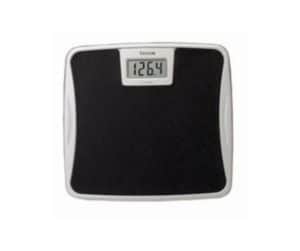
Soft soap
- This is used when washing a lamb’s bottom if they are particularly dirty, otherwise warm water can work.
- We do not recommend washing the entire lamb unless they are particularly dirty.
Towels
- Used when you wash lamb bottoms. Smaller hand towels are ideal.
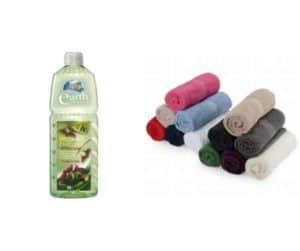
Rectal thermometer
- If your lamb becomes unwell, one of the first things you should do is take your lamb’s temperature as this will indicate any sign of infection and give a better idea of what the problem may be.
- Normal lamb temperature should be between 38.5 and 39.5 degrees celsius
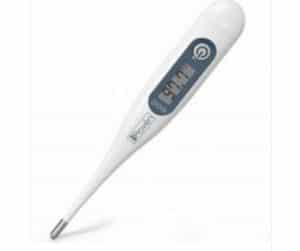
Antiseptic
- For example Betadine
- This may be used to clean items such as the thermometer if used.
- It is sometimes used in a diluted form should there be an issue with the area where the umbilical cord was attached to the lamb.
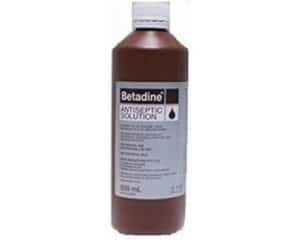
Nappies
- Usually start with 6 to 11kgs and up
- Girl lambs will need one nappy
- Boy lambs wear two due to the different location of their anatomy

Electrolytes
- These are essential to have on hand.
- Vitrate or Lectade can be obtained from vets or farm shops or ordered online.
- If your lamb is unwell it may help to replace one or two feeds of milk with electrolytes depending on what the health issue is.
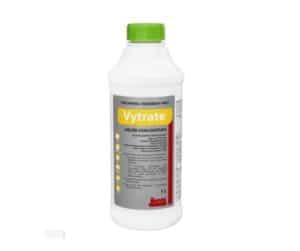
D’Scour
- This is another essential item to have and can be bought online.
- Scours (diarrhoea) can be caused by, for example, a change in milk powder.
- D’Scour which usually solves the problem.
- The other alternative, Scourban, contains an antibiotic so is vet prescribed and can help if the scours is caused by an infection.
- Please see our Lamb Health page for more details about Scours in lambs
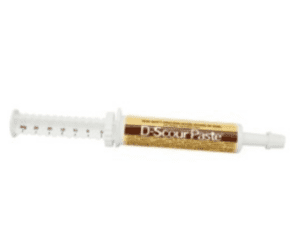
How to Care for Newborn Lambs: Recommended Items
ProN8ture
- This is a probiotic to add to their milk
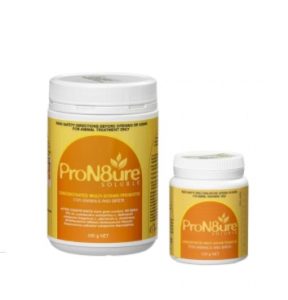
Playpen
- Lambs are very curious and like to get into everything. If you don’t have an area in your house where they can roam free if they need to be left unsupervised at certain times a playpen is suitable.
- Some sort of bedding – this can even just be blankets for them to lay on
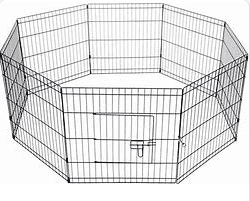
How to Care for Newborn Lambs: Food Guidelines
Days 1 and 2:
- 2 – 3 hourly feeds of no more than 80ml (this will vary according to the weight – you will be advised at the time of taking in your lamb)
Days 3 – 13:
- feed at 6am, 10am, 2pm, 6pm and 10pm (every four hours)
- gradually increase each feed until you reach 50 ml per kg body weight based on the 4 feeds per day total then divided by 5 (the current number of feeds per day).
- See feeding chart for feeding amounts.
Week 3:
- feed at 6am, 12pm, 6pm, 11pm – 4 feeds per day at as close to 6 hourly intervals as you can manage at 50 ml per kg to a maximum of 500ml per feed.
- Add some grass hay from week 2 on.
IMPORTANT:
- Feeding lambs appropriate amounts for their age and weight is extremely important.
- Never over feed and do not feed on demand.
- Excess milk sits in the gut and can cause bloat (see Lamb Health page on bloat).
How to Care for Newborn Lambs: Feed Chart

How to Care for Newborn Lambs: Additional information
Hygiene
- Hygiene is essential to prevent illness and bloat (please see our health page)
- Always wash bottles in soft soap, such as Earth choice, then soak in boiling water for at least 10 minutes.
- Keep all utensils as clean as possible.
- It is not necessary to wash a lamb, the lanolin on their wool is important. If you need to wash a messy bottom use a gentle soap and ensure the area is dried quickly especially in the winter.
Umbilical cord
- It is important to keep an eye on the umbilical cord as it is easy for germs to gain access to the body especially in new lambs.
- The cord should be kept clean and where possible not contained within the nappy.
- A wet cord on a newborn lamb should be disinfected with diluted Betadine
- It is also advisable not to have newborn lambs out in the sun for long periods as flies can be very attracted to a wet umbilical cord.
- When the cord is fully dry it can be trimmed and then diluted Betadine applied.
Immunisation
Lambs are vaccinated between 4 and 6 weeks of age.
- Please DO NOT vaccinate before 6 weeks of age as it can be dangerous for the lamb.
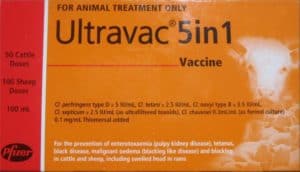
Desexing
- For males only
- Desexing occurs at 6-7 weeks of age.
- Please ensure they receive their first vaccination 2 weeks prior to the desexing. This will usually require a vet visit.
- Your lamb will need to be desexed by a vet who will provide a light sedation (general anaesthetic is often harmful to young lambs).
Tail docking
- Tail docking is a farming practice only.
- It can be a help sometimes in reducing the incidence of flystrike however keeping your lambs clean and monitoring them closely is a far more acceptable prevention method.
- Please see our Lamb Health page on flystrike for a more detailed description.
Weaning
We recommend the lamb be at least 10kgs before weaning commences but this may vary a little. Provide a water supply for them to drink as the milk is cut down.
Schedule for weaning:
Week 1 • Remove bottle 4 but leave the other 3 at the same time – should save time • Keep giving grass hay • Add some chaff and lambs pellets at ratio ¾ to ¼ • Keep grass hay and add a small amount of Lucerne if you want to (pellets and Lucerne are rich so only use a little)
Week 2 remove bottle 2
Week 3 remove bottle 3
Week 4 remove bottle 1
NB: They must be eating hard food and drinking water before removing too much milk If your lamb makes too much noise about missing milk you can give them a bottle of electrolytes to help the transition
Normal temperature
- Should be 38.5 – 39.5.
- A temperature below 38.5 in an otherwise healthy lamb can be a sign of organ failure especially if it drops below 37.5.
- You can rub glucose or something sweet like maple syrup into the gums if your lamb has a low temperature.
- Keep a very close eye on how the lamb is behaving if a colder temperature is recorded.
- If the temperature is too high this normally signifies infection or inflammation.
- To bring a temperature down, cold towels can be put under the armpits and in the groin area for no longer than 10 minutes at a time.
Warmth
Keeping your lambs warm Lambs need to be kept warm especially in the first weeks.
A jumper should be used where there is not a lot of heating and when they go outside to play.
Overheating is something to be avoided though so if a room is nice and warm, a jumper may not be needed.
- Lambs love to cuddle so will happily stay warm curled up on your lap or beside you on a winter’s day just like they would if they were with their Mum
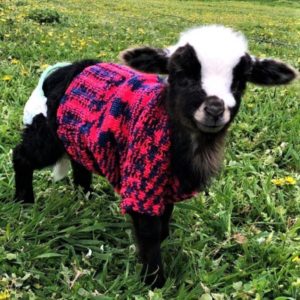
Other animals in the home
- The introduction of lambs with other pets in the home should be done slowly especially with dogs and cats who have never seen a lamb before.
- It can be a bit overwhelming for current animals to all of a sudden have to share both their space and your attention.
- It is advisable to always be present when the lamb/s are in the same area as dogs.
- A good way to ensure everyone is safe and happy is to use a crate for the lambs when they are resting or some people like to set up a playpen. The lambs are then still a part of the household but this gives the carer an opportunity to do other things without worrying if everyone is safe.
- One of our carer’s explains “our house often has lambs during the winter period. One of the dogs here is fine with them, the other prefers they keep a distance, but even with the dog that loves them, I will never leave them in the same room alone. It is just not worth taking that risk”.
- Lambs love to play with anyone who is around and headbutting is just something they do as part of that play, so it is worth keeping that in mind with other animals in the home.
Toxic Poisoning
- Poisoning can occur if lambs have access to toxic materials. The main signs of toxic poisoning are excessive salivation and unsteady feet, a lamb will usually sway and eventually fall down. This is an emergency and vet care must be sought immediately. Please note: These symptoms can also be as a result of snake bite
- Some plants and weeds are highly toxic to lambs so it is vital you check your garden first. Indoor plants can also be toxic and should be moved away from lambs reach.
- Toxic chicken seed and pellets Chicken grain and pellets are also toxic to lambs so if you have ducks, chickens and geese please ensure the lambs never have access to their seed.
